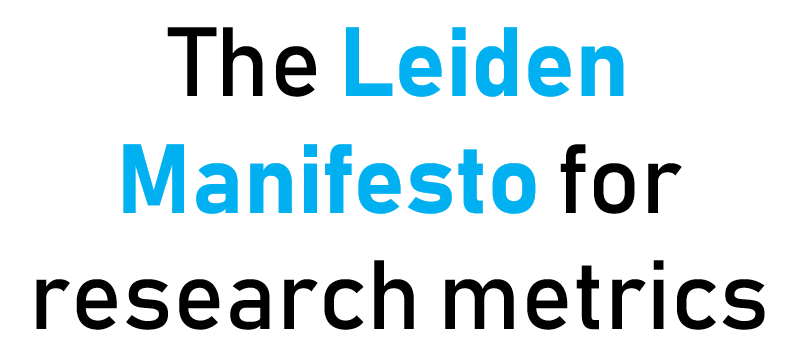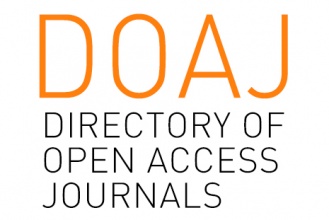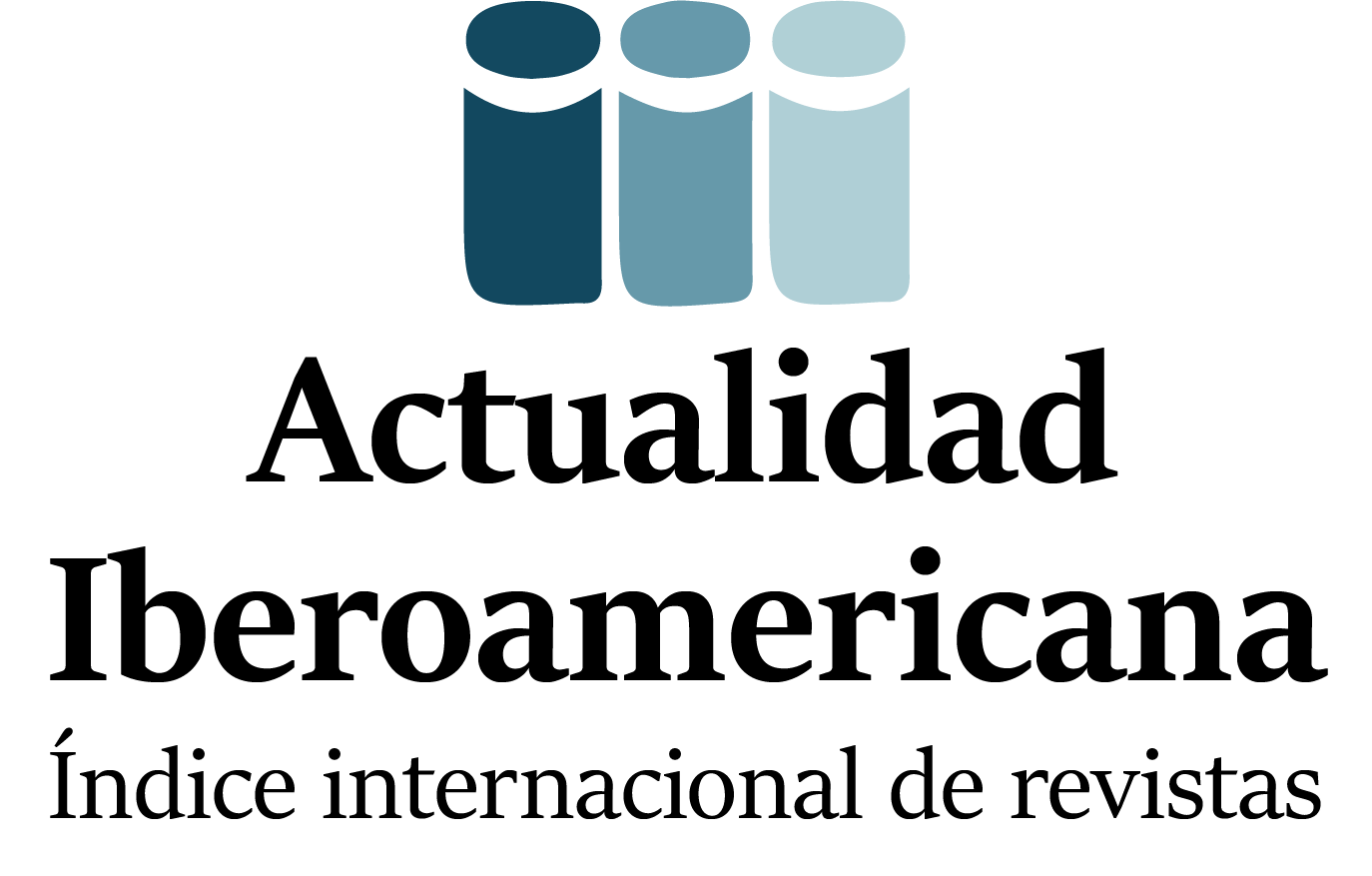El dormir normal y anormal en la infancia
Resumen
Igualmente que en otras actividades de los niños, los patrones del dormir se modifican sucesivamente a medida que avanza la edad. Estos cambios están relacionados fundamentalmente con el desarrollo del sistema nervioso, que es sobre todo acelerado en los primeros meses, Pero también contribuye significativamente el aprendizaje, afectado por las costumbres y pautas culturales. En el recién nacido el dormir está fragmentado en períodos relativamente breves, distribuidos irregularmente en las 24 horas, que alternan con períodos mucho más cortos de vigilia. El numero total de los dos períodos varia de 15 a 18. En las primeras dos semanas, la cantidad total del sueño en las 24 horas es en el promedio alrededor de 17 horas y el de la vigilia 7 y no hay diferencias significativas entre la cantidad total del sueño de la noche y del día.Descargas
Métricas
Visualizaciones del PDF
205
Descargas
Publicado
2014-10-11
Cómo citar
Ziziemsky, D. (2014). El dormir normal y anormal en la infancia. Revista De Psicología, 4. Recuperado a partir de https://revistas.unlp.edu.ar/revpsi/article/view/1017
Número
Sección
Artículos de investigación
Licencia
![]()
Los autores/as que publiquen en esta revista aceptan las siguientes condiciones:
- Los autores/as conservan los derechos de autor y ceden a la revista el derecho de la primera publicación, con el trabajo registrado con la licencia de atribución de Creative Commons, que permite a terceros utilizar lo publicado siempre que mencionen la autoría del trabajo y a la primera publicación en esta revista.
- Los autores/as pueden realizar otros acuerdos contractuales independientes y adicionales para la distribución no exclusiva de la versión del artículo publicado en esta revista (p. ej., incluirlo en un repositorio institucional o publicarlo en un libro) siempre que indiquen claramente que el trabajo se publicó por primera vez en esta revista.
- Se permite y recomienda a los autores/as a publicar su trabajo en Internet (por ejemplo en páginas institucionales o personales) antes y durante el proceso de revisión y publicación, ya que puede conducir a intercambios productivos y a una mayor y más rápida difusión del trabajo publicado (veaThe Effect of Open Access).




































